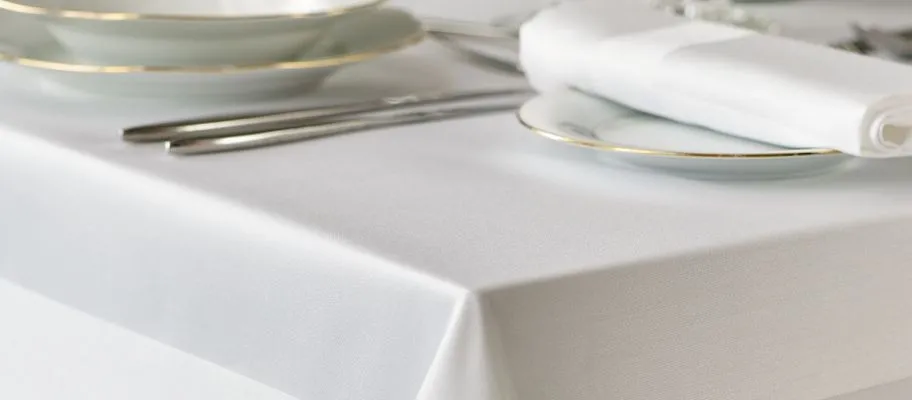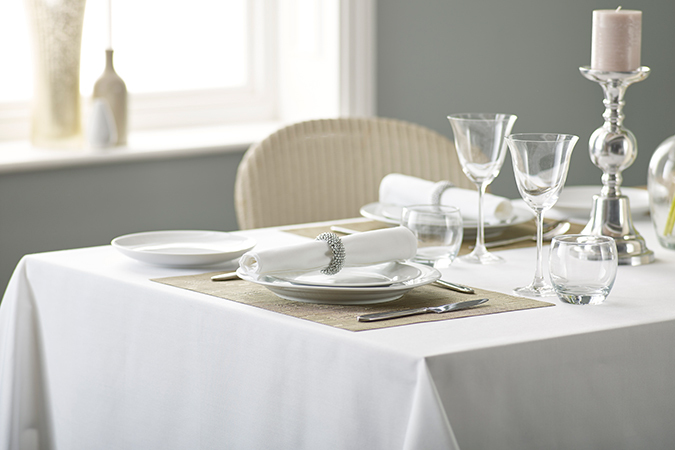Bed Linen Material Innovations: Checking Out Modern Trends and Creative Applications in Layout and Fabric Market
From sustainable production approaches to innovative weaving technologies, the advancement of bed linen is reshaping the landscape of the fabric sector. As we delve right into the realms of creative style applications and the appearance of bed linen blends and hybrid fabrics, a brand-new phase unfolds in which linen's duty in future fabric advancements takes center phase.
Lasting Practices in Linen Manufacturing
Sustainable practices in linen manufacturing have come to be significantly critical in the textile industry's initiatives to reduce environmental effect and promote ethical sourcing approaches. Bed linen, a natural fiber originated from the flax plant, supplies a range of advantages such as biodegradability, longevity, and breathability. Nonetheless, standard techniques of linen production can include significant water usage, pesticide usage, and energy-intensive procedures.
To deal with these difficulties, numerous fabric makers are adopting sustainable methods throughout the linen manufacturing process. This includes sourcing flax from natural ranches that avoid hazardous chemicals and chemicals, applying water-efficient retting techniques to essence fibers from the flax stalks, and making use of environmentally friendly dyes and surfaces. In addition, some companies are buying eco-friendly energy sources to power their manufacturing centers and reducing waste with recycling and upcycling campaigns.
Technological Improvements in Bed Linen Weaving
With the expanding focus on lasting techniques in bed linen production, the textile industry is now seeing a surge in technical innovations especially focused on transforming the art of linen weaving. These advancements are improving the means bed linen textiles are generated, offering boosted effectiveness, high quality, and imagination in weaving methods.
One of the key technical innovations in bed linen weaving is the assimilation of electronic looms. These sophisticated looms are furnished with software application that enables complex and complicated designs to be woven with accuracy. By digitizing the weaving process, manufacturers can attain better uniformity and accuracy in their bed linen textiles.
Furthermore, innovations in thread spinning innovation have made it possible for the manufacturing of finer and more resilient bed linen threads - table cloths. This leads to softer and smoother linen textiles that keep their top quality also after multiple usages and laundries
Additionally, the growth of eco-friendly dyeing processes and coatings for linen fabrics is obtaining traction. These lasting practices not just minimize the environmental influence however also satisfy the increasing customer demand for morally produced fabrics.
Creative Design Applications for Bed Linen
Cutting-edge creative methods are significantly shaping the imaginative style applications for linen in the textile sector. Designers are pressing the boundaries of conventional linen use, exploring its flexibility in numerous applications. One noticeable trend is the combination of linen in sustainable fashion lines, where its environment-friendly residential properties are highlighted. Linen's all-natural aesthetic charm and ability to blend with other textiles make it a favorite option for developing unique garments and devices that satisfy the eco conscious customer.
In addition, designers are try out bed linen in home decoration, utilizing its sturdy and breathable nature to craft trendy home furnishings such as drapes, bed linen, and upholstery. The structure and drape of linen bring a feeling of refinement and convenience to indoor rooms, adding a touch of style to contemporary homes.

Bed Linen Blends and Hybrid Fabrics

Hybrid fabrics, on the other hand, take the idea of mixing an action even more by including added aspects such as metallic strings, useful source recycled materials, or conductive fibers. These ingenious textiles not just expand the design opportunities however additionally introduce useful elements like conductivity, antimicrobial residential properties, or improved durability. Crossbreed materials are increasingly being used in various markets, consisting of fashion, indoor design, and technological fabrics, where the need for multifunctional materials is on the surge.
Linen's Function in Future Fabric Innovations
:max_bytes(150000):strip_icc()/__opt__aboutcom__coeus__resources__content_migration__brides__proteus__585bf60c786c7a9c62c877d2__11-a40aeea82c0a440282d07dadffc6a7d8.jpeg)
In the realm of future fabric technologies, linen is expected to be a crucial gamer in the growth of advanced functional fabrics. Researchers and developers are exploring ways to improve linen's intrinsic top qualities via technological advancements, such as incorporating smart textiles, nanotechnology, and performance surfaces. These technologies intend to boost bed linen's efficiency attributes, making it suitable for a broader range of applications, from activewear to protective clothing.
Moreover, the mix of bed linen with various other all-natural or artificial fibers opens limitless possibilities for producing novel textiles with distinct residential properties and capabilities. By leveraging linen's attributes and discovering cutting-edge blends, the fabric market is poised to introduce amazing growths that accommodate developing consumer needs and sustainability requirements.
Verdict
In verdict, the expedition check my site of sustainable techniques, technical improvements, creative design applications, bed linen blends, and its function in future fabric developments highlight the continuous advancement of bed linen fabric in the modern-day style and textile sector. With an emphasis on development and creativity, the convenience and green nature of linen make it a valuable product for designers and suppliers alike, leading the method for additional growths and improvements in the field of fabrics.
As we delve right into the worlds of innovative design applications and the introduction of linen blends and hybrid textiles, a new phase unfolds in which bed linen's duty in future textile innovations takes center phase.
Exploring the blend of linen with other textiles has led to the appearance of ingenious blends and crossbreed fabrics in the modern textile industry. Bed linen blends use an one-of-a-kind mix of the qualities of bed linen with those of various other fibers, resulting in fabrics that have boosted buildings such as increased durability, enhanced draping, and lowered wrinkling.The evolution of linen blends and crossbreed textiles has actually set the stage for Linen to play a crucial function in driving future fabric developments.In the realm of future fabric technologies, bed linen is expected to be a key player in the advancement of sophisticated useful textiles.